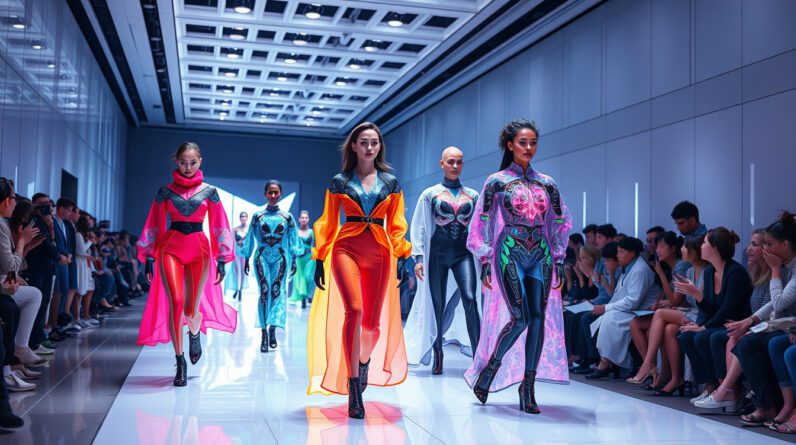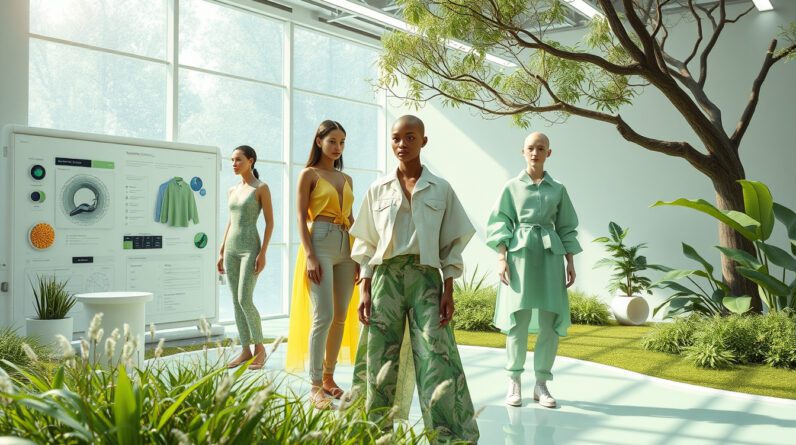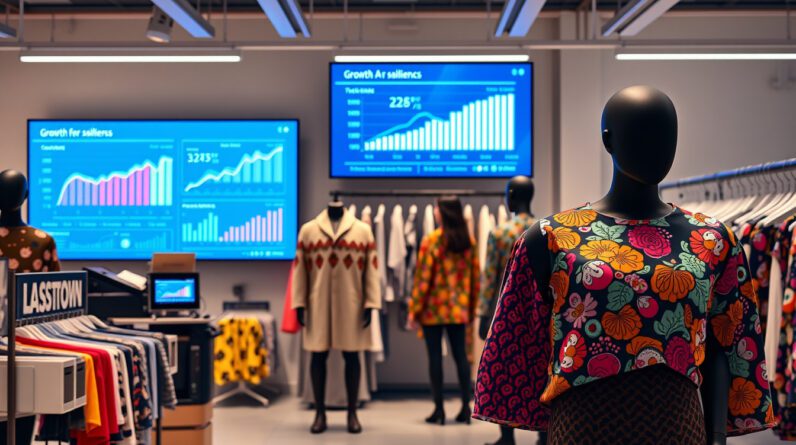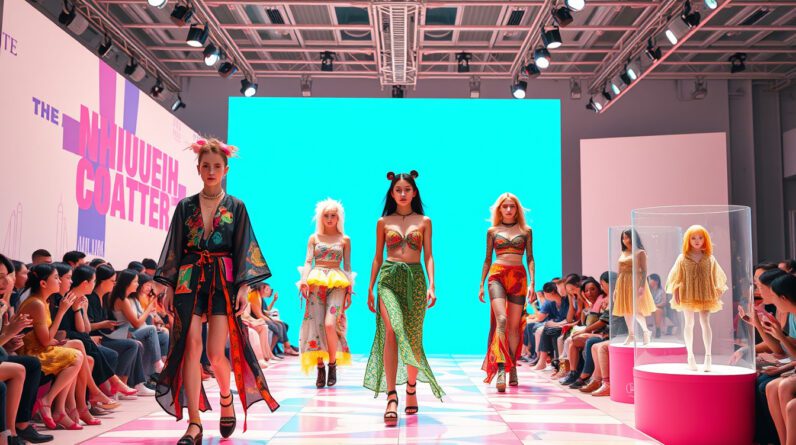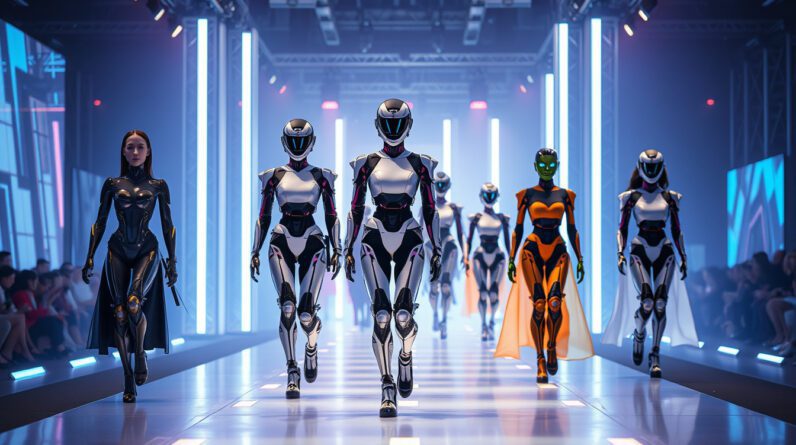
The Rise of AI in Fashion Modelling: A Double-Edged Sword
Artificial intelligence grows and changes many industries. The fashion world feels this change. H&M plans to create AI twins of 30 models. This step shifts how brands use new tech in ads. The models give permission for each likeness. This move brings both curiosity and worry.
H&M’s AI ‘Twins’ Initiative
Jörgen Andersson leads creative work at H&M. He explains the AI twins help the company make ads and art while keeping a human touch. Top models like Vilma Sjöberg and Mathilda Gvarliani, seen on magazine covers such as Vogue and in work with Chanel, will get digital copies. The digital twins let models appear in ads at the same time in different spots.
In an interview with The Business of Fashion, Mathilda Gvarliani joked that her AI twin is “me, without the jet-lag.” Still, these digital models make many ask if human models will soon lose work.
Industry Concerns and Implications
The news from H&M gets a mixed response. Some insiders worry this step may cut jobs. They recall Hollywood strikes in 2023 over similar tech issues. Bectu, the union for creative workers, voices worry about the harm to jobs for makeup artists, hair stylists, lighting crews, and rigging technicians. A survey shows 54% of Bectu members expect AI to hurt the fashion field.
Supporters for models also speak up. Sara Ziff, who started the Model Alliance, stresses that models must get fair pay when their likeness is used. H&M promises each model gets paid, with fees decided by their agencies.
Regulatory Measures on the Horizon
Lawmakers watch these new AI models. The Fashion Workers’ Act will start in June. It will require model permission before a picture is used for AI. This rule helps protect workers. In 2026, the EU plans an AI Act that will mark digital images clearly.
Sara Ziff said the timing of new rules is critical. She fears H&M may push others to use AI in a careless way.
Perspectives on AI Advantage vs. Human Element
Some industry leaders welcome tech changes. Yet many worry that human models may lose their role. Ingo Nolden, the agent of Mathilda Gvarliani, shares this worry. He sees fewer jobs for new models and fears AI will add to the job search problems many already face.
On the other side, supporters of AI see new chances. Michael Musandu runs Lalaland AI. His company makes digital models for clients like Zalando and Levi’s. He says AI can add more body types and cultures to ads. Still, past cases show that AI can make mistakes when handling ethnic details.
Conclusion: A Cautious Path Forward
Using AI in fashion shows a mix of tech work and ethics. Top models may earn new deals, yet many worry about the harm to the broader field. H&M is set to try AI in marketing as talks and doubts continue.
The field of fashion modelling will change. The question stays: Can AI copy the art and life of a human model? Many feel tech can help but not take the place of a live person.

